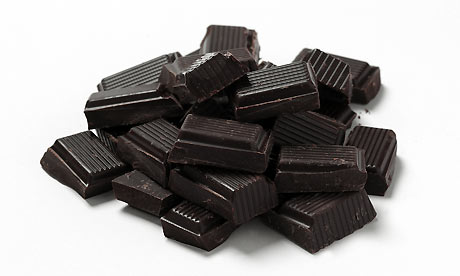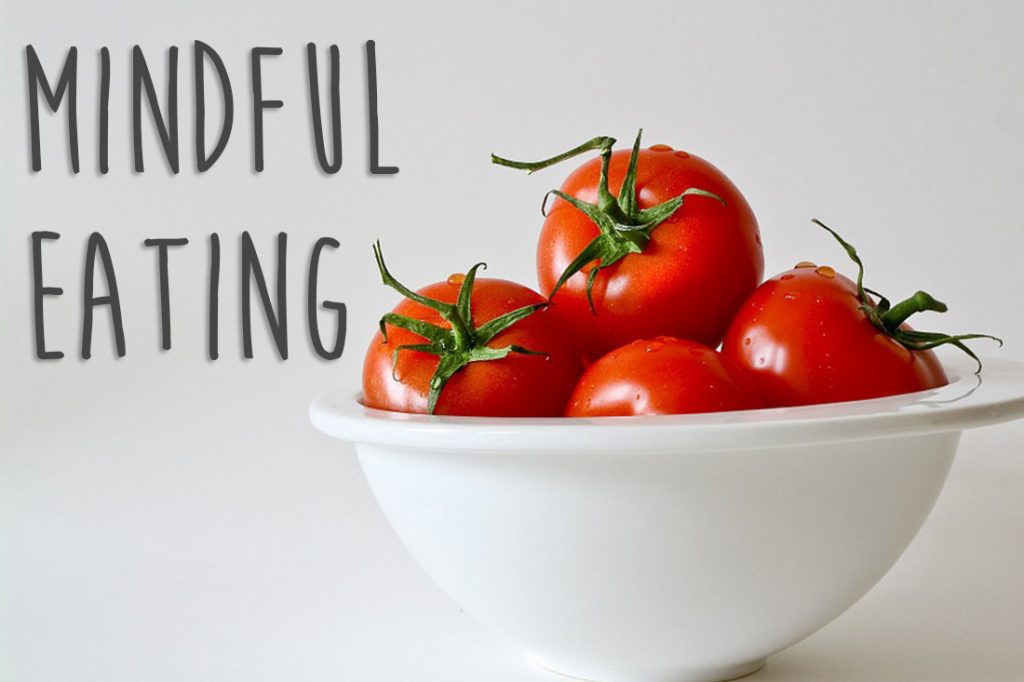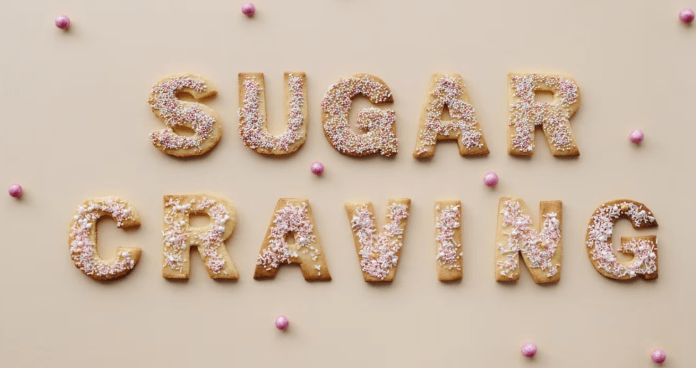Sugar tastes good and is the first taste humans prefer. We associate happy occasions with sweets. Indulging in a sweet treat occasionally is harmless, but when we over consume sugary foods, it leads to health hazards.
Why do we crave sugar?
Sugar is a carbohydrate and stimulates the release of serotonin, the feel-good brain chemical. Sugar also releases endorphins that calm and relax us and gives us a natural ‘high’.
However, we eat sugar all the time, without even realizing it. Sugar is added to foods that don’t taste sweet such as breads, sauces, crackers and even salad dressings that add up to our sweet allotment. But for a heart-healthy lifestyle, it is important to keep tabs on how much sugar you consume. Empty calories from sugary foods will not only add up to your weight but will also result in spikes in blood glucose levels.
Incorporating sweet treats into your diet without causing setbacks requires a balanced approach that focuses on moderation, nutrient density, and healthier substitutions.
- Use Natural Sweeteners
- Choose natural sweeteners like honey, maple syrup, or agave nectar instead of refined sugar. These can offer additional nutrients and a lower glycemic index, which means a less dramatic spike in blood sugar levels.
- Dates and fruit purees are excellent for baking and can add fiber along with sweetness.
- Choose Whole Fruit
- Incorporate whole fruits into desserts for natural sweetness. Fruits not only provide vitamins, minerals, and fiber but also help satisfy sugar cravings with their natural sugars.
- Berries, apples, and pears are great in baked goods or as toppings for pancakes and oatmeal.

- Reduce Sugar Gradually
- When baking, try reducing the amount of sugar the recipe calls for by one-third to one-half. Often, the sweetness level will still be satisfactory, and you’ll consume fewer empty calories.
- Gradually decreasing sugar in recipes can help your palate adjust to less sweet tastes over time.
- Dark Chocolate
- Choose dark chocolate (70% cocoa or higher) for baking or snacking. Dark chocolate contains less sugar and is rich in antioxidants compared to milk chocolate.
- A small piece of dark chocolate can satisfy chocolate cravings without the need for a larger, sugar-filled treat.

- Spice It Up
- Use spices like cinnamon, nutmeg, vanilla, and cardamom to add flavor without extra sugar. These spices can enhance the perceived sweetness of foods without the need for additional sugar.
- Cinnamon, for instance, can also help regulate blood sugar levels.
- Fiber and Protein
- Pairing sweet treats with sources of fiber and protein can help slow the absorption of sugar into the bloodstream, reducing spikes in blood sugar and helping you feel fuller longer.
- Enjoy your sweets with a handful of nuts, seeds, or a serving of Greek yogurt to add nutritional value and satiety.
- Mindful Eating
- Practice mindful eating by savoring each bite and paying attention to how it makes you feel. This can help you enjoy sweets in moderation and recognize when you are satisfied, reducing the likelihood of overindulgence.

- Portion Control
- Serve desserts in smaller dishes or take smaller portions to help control the amount of sugar and calories consumed.
- Pre-portioning treats can also be a helpful strategy to enjoy them in moderation.
Incorporating these strategies into your diet can help you enjoy your favorite sweet treats without compromising your health goals. It’s about making smarter choices that align with a balanced, nutritious diet while still allowing room for the occasional indulgence.






